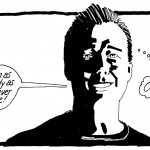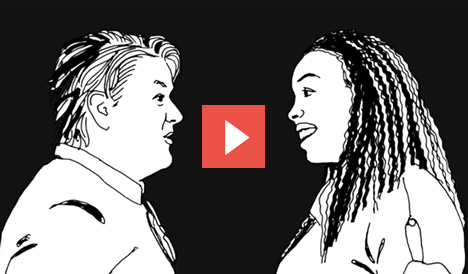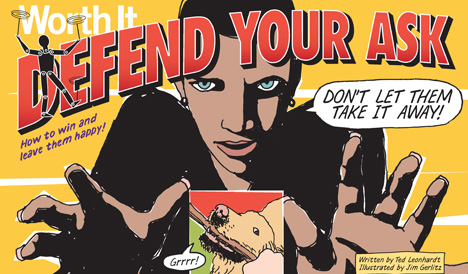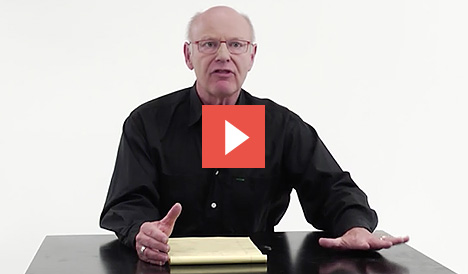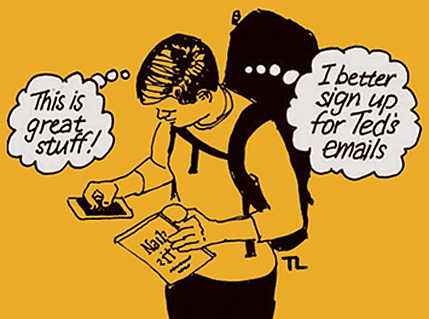Referral, Expertise, Inspiration, Summary: Close — Ben’s Story
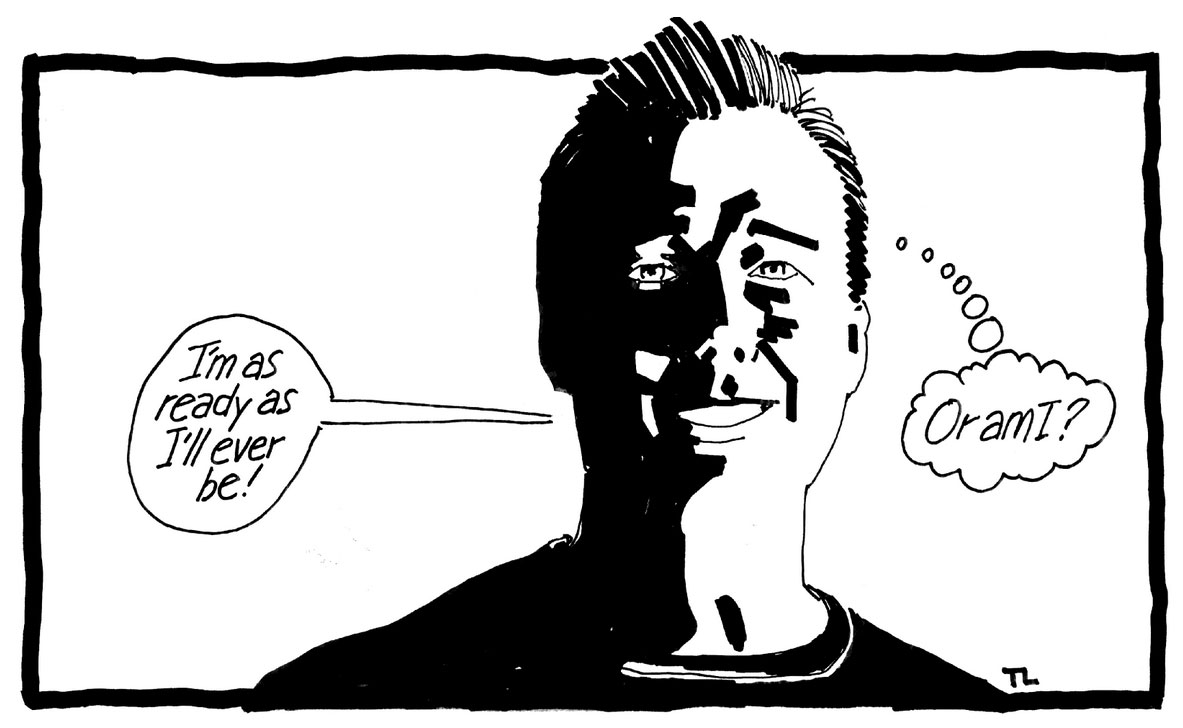
Land the job by focusing your energy on what you bring to the table and how it matches your client’s needs.
It was 3:00 AM. Ben woke with that old familiar anxiety. Yep, it was pitch day. He was recommended for the project. He knew that the client, Ed, loved his work. But that was acting and this was directing. Worse, Ed had been directing his own stuff. He was a good guy, but maybe he was just a bit too much in love with his own directing.
“Might as well get up and gather my thoughts,” Ben thought. “Here I am wide awake, obviously I want this one.”
“I need to focus… Ed needs to keep costs down and he’ll want to get this film shot and uploaded as quickly as possible. Those are the issues. What else?”
Ben grabbed his pad and wrote, “Higher purpose. What’s Ed’s higher purpose? He’s trying to get the word out to his community that there’s a better way to deal with the fundamental concepts, and win in the process. I need to appeal to his higher purpose.”
The meeting wasn’t until the afternoon. Ben had a full day scheduled, but he managed to squeeze in a call to his coach, Adam, who’d headed the video team for the client before. “Adam, I got the article, it’s a good little scenario, a good story, in fact, but it’s not a film script. And you said that he wants to go on location this time. What else can you tell me?”
Adam filled in a few blanks. The client was already interviewing for the lead and talking about using the same improv style he’d used in the previous films. Yes, Adam agreed that was no way to shoot on location. It would be much better to tighten down the script so every shot, every line, was planned and the team could really focus, but how to disabuse the client of the improv idea? Hmmm.
After the call, Ben grabbed a sandwich and made a few more notes. “Okay, I’ve made a few shorts already. I’ll share my experience with the shorts and using the camera and location to help tell the story, letting the audience fill in the details. He’ll understand. I’ll remind him that we want the audience to connect emotionally and to feel the story.”
As Ben arrived at Ed’s office he thought, “Okay, here we go. I’m feeling pretty good about this. I’ve got the expertise. This is what I do. It’s show time!”
After some chit-chat about the weather and how the day was going, Ben said, “Ed, this is a great project. But in my experience, shooting on location, which will give us a more persuasive result, requires much more planning than the improv we did last time.”
Ben asked Ed, “Help me understand how you’ll use this film.”
Ed explained what he wanted to accomplish and Ben, picking up on Ed’s remarks, summarized how he would plan the shoot and the need for a tight screenplay, both to keep costs down and to help the actors get into the roles. “The whole point of going on location is to help the audience feel the message. To get past the ‘how-to’ and get viewers to really feel it. They’ll get so much more out of it if we tap into the experiences they bring with them when they’re watching.
“I know a writer who will take your story and turn it into a tight screenplay,” Ben continued. “Once we have that, we can plan everything in detail, not just the acting, but locations, sound, lighting, the roles of the whole team. I know you like your film guys. They are more event-oriented, but they are smart and efficient and I’ve worked enough with them to feel good about what they bring to the party.
“Based on my reading of your story and what you’ve said today, we can get through it and make a real impact in 15-20 minutes. Figure a thousand a minute. Say $25k to be safe. How’s that sound?”
Ed said, “When can we start?”
“I’ll connect you to the screenwriter this evening. You’ll love her. I’ll fill her in on the big picture and send her your story. You should meet her and expand on the details and the backstory. Let’s not rush this. Get the screenplay the way you want it. I’ll give you my insights. Then we should start casting, scout locations, and so on.”
“Thanks, Ben, I’m looking forward to this. I can’t wait to get started.”
They shook hands and Ben left thinking, “That was easy. Why was I so worried? Well, my anxiety helped me focus, and I got a great little directing project. Cool.”
When you’re going for the job, focus on the client’s higher purpose. You’ve got the referral and the expertise, now use your creativity to find inspiration for the client. Put it all together for them — summarize their goals and show how you can get them there. Close the deal by connecting with your client while you demonstrate your expertise.

